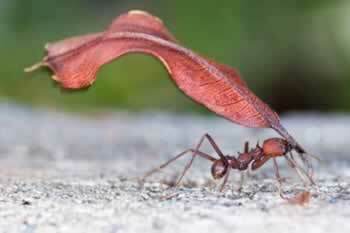the colonies they are an example of an ecological relationship that occurs between individuals of the same species. In this relationship, everyone benefits, being considered, therefore, a harmonious relationship.
In colonies, all individuals unite physically and work together to ensure your survival. A certain division of labor is even found, a characteristic that ends up generating confusion between this ecological relationship and societies. In societies, however, individuals are physically independent.
Colonies can be called isomorphic or heteromorphic. In the coloniesisomorphic, individuals are morphologically similar and perform the same function. As an example, we can mention the bacteria of the genus Streptococcus, which are responsible for illnesses such as pneumonia and throat infections. These colonies are relatively simple compared to heteromorphic ones.

Coral is an example of an isomorphic colony
Another example of isomorphic colonies are corals, which are formed by several polyp-shaped cnidarians that build a calcium carbonate skeleton around them. They are responsible for the formation of several reefs existing in the world, places that shelter a great amount of living beings. The largest coral in the world, known as the Great Barrier Reef, is two thousand kilometers long and is located off the coast of Queensland, Australia.
When we have a colony with morphologically different individuals that have different functions, we have a heteromorphous colony. The classic example of this type of colony is the Portuguese caravel, which is formed by a variety of individuals with different functions. It is possible to verify an individual responsible for keeping the caravel floating, responsible individuals for food, others related to food capture and defense and those responsible for reproduction.
Thus, it can be seen that this ecological relationship is based on cooperation, in which each individual has a crucial role for the colony. The development of this behavior, without a doubt, was fundamental for the survival of these species on the planet.
By Ma. Vanessa dos Santos



